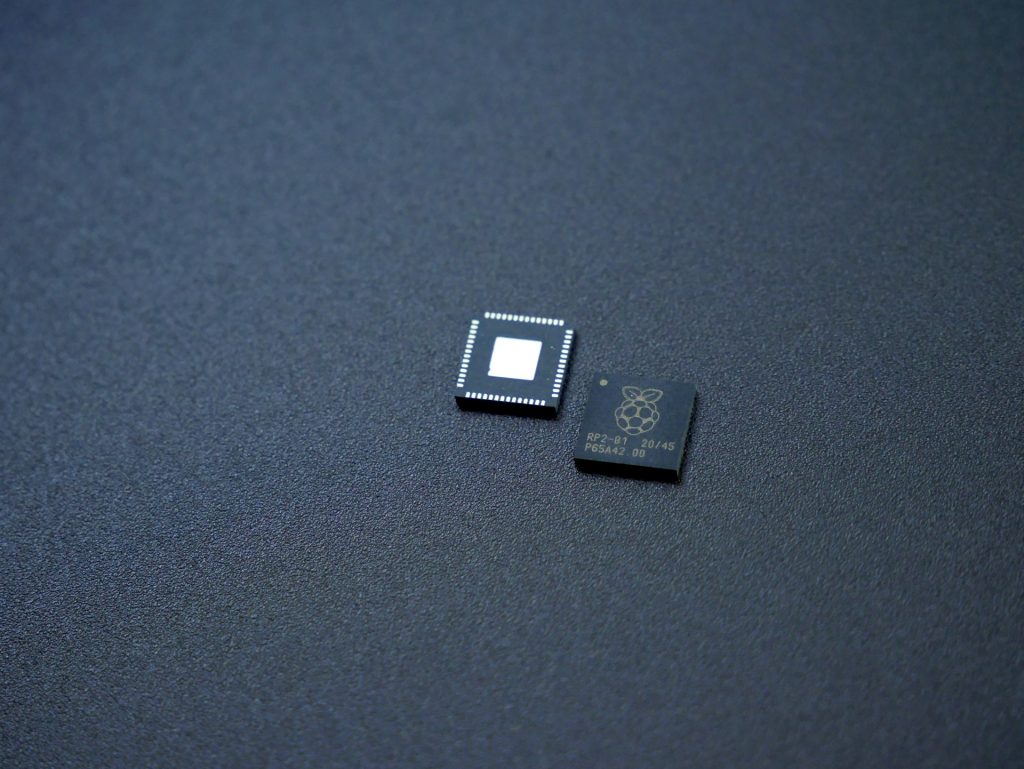Sunanda Sharma
Working as an SEO execcutve but love writing about technology as well.
Scientists have used graphene to produce a functional and scalable semiconductor for the first time. This breakthrough might usher in a new...

Image Credits: unsplash
Scientists have used graphene to produce a functional and scalable semiconductor for the first time.
This breakthrough might usher in a new era of computing, ushering in a different kind of computer that is both faster and more efficient than the ones currently used, which rely on silicon chips.
Semiconductor chips are quickly becoming economic powerhouses worldwide, the ‘new oil’ of the technological era. The economy depends on the microprocessor-based processing capacity accessible through data centers and cell phones.
A phenomenal strength surpasses steel at comparable thicknesses in graphene, made of one coating of carbon atoms. Not only is it very resistant to heat and chemicals, but it is also an excellent electrical conductor.
Graphene is a critical ingredient in logic devices that power computers. Still, despite these benefits, scientists must create a functional graphene semiconductor. It can be manipulated to insulate or conduct electricity at a whim.
The main problem has been that there needs to be a bandgap, which is essential for semiconductors since it allows for controlled electron flow.
Previous research on graphene’s potential as an excellent semiconductor had focused on more minor scales, but it was challenging to scale up to computer chip levels.
But new research out of Atlanta’s Georgia Tech, spearheaded by Walter de Heer, has made great strides.
The usage of wafers is significant because it allows for incredibly scalable solutions, according to David Carey of the University of Surrey in the UK, as cited in The Scientist. To scale up this process, you can utilize any technology with which the entire semiconductor industry is familiar.
Discovered at a time when silicon, the material used in almost all modern electronics, is running out of steam due to ever-increasingly quicker computation and ever-smaller electronic gadgets, the finding is noteworthy.
Recommended: